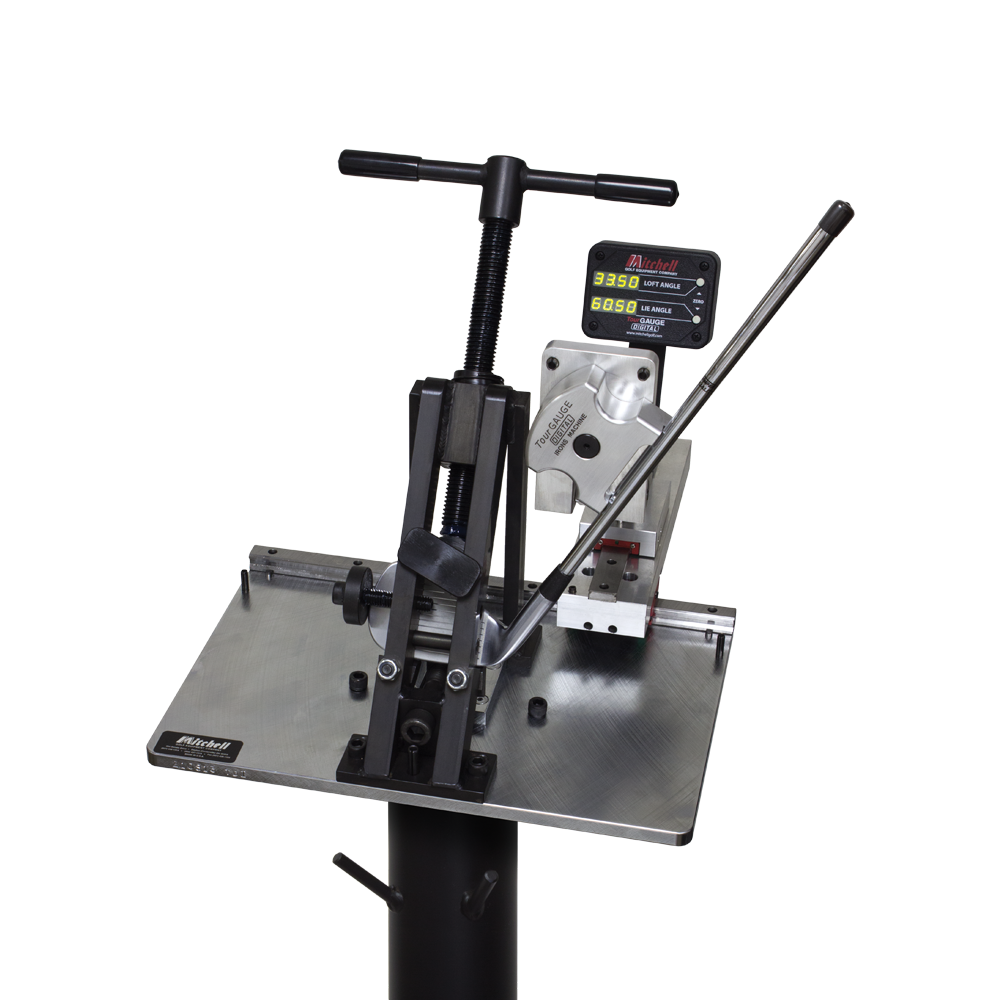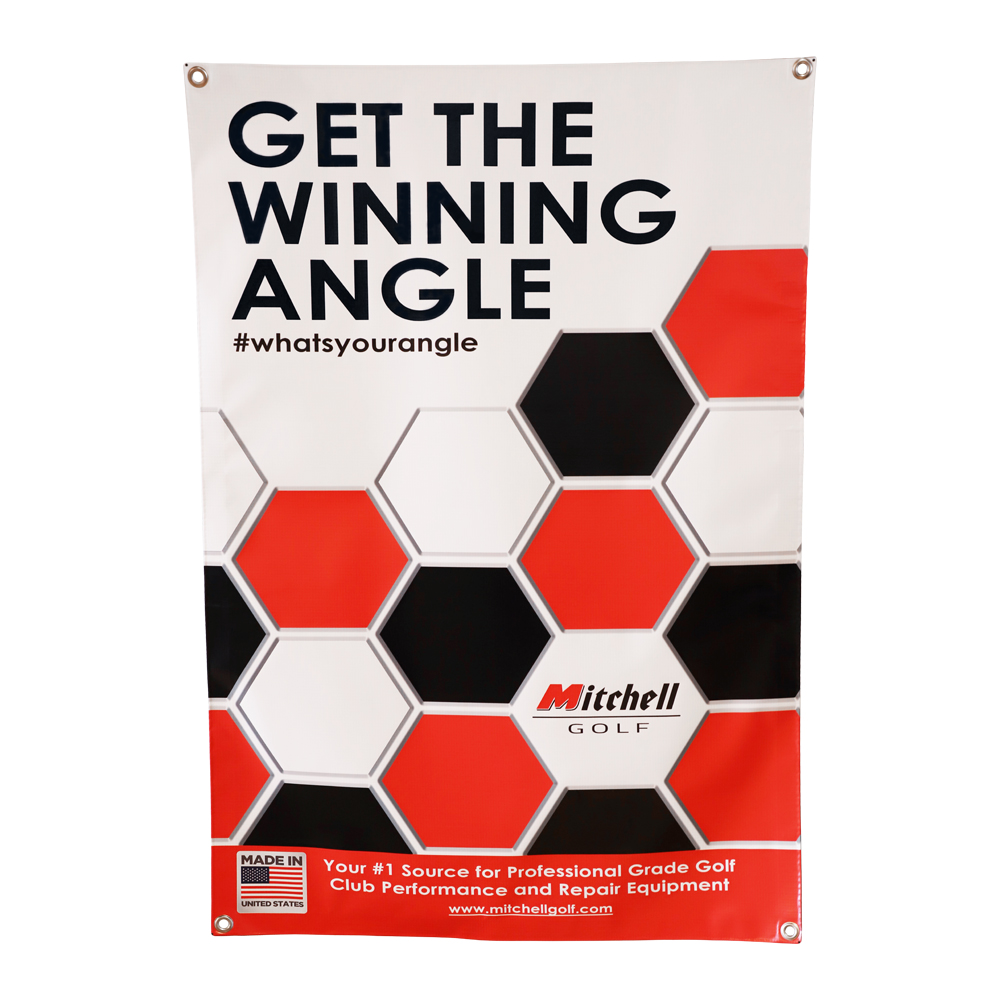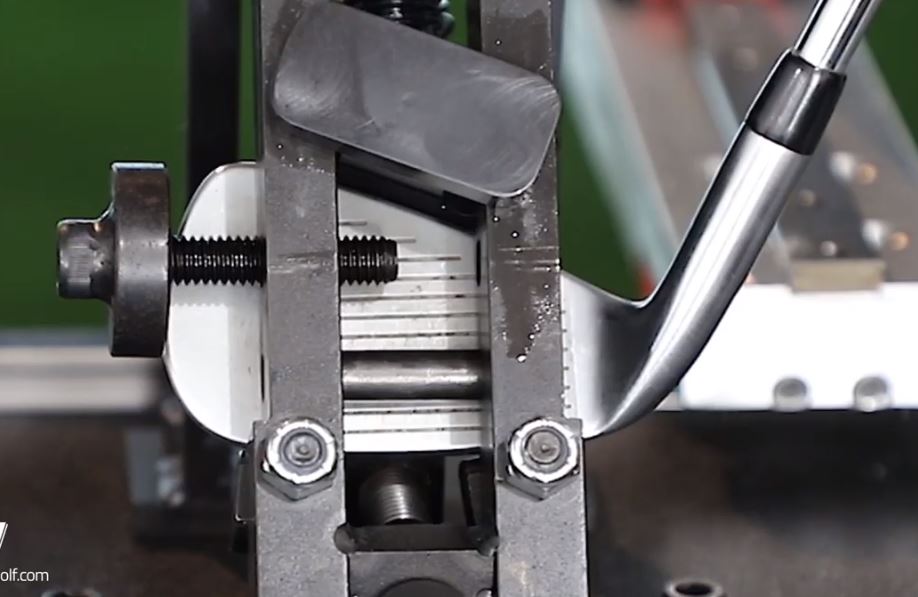 Industry professionals (and now many golfers) know that angle bending is among the fastest ways to improve a player’s ball flight. Whether it is changing the lie to improve accuracy or changing loft to make certain that the player’s clubs are progressively consistent, angle bending is a major factor in club performance.
Industry professionals (and now many golfers) know that angle bending is among the fastest ways to improve a player’s ball flight. Whether it is changing the lie to improve accuracy or changing loft to make certain that the player’s clubs are progressively consistent, angle bending is a major factor in club performance.
| Did you know: A proper fitting isn’t limited to buying a new set of clubs. Body types and numerous other factors can change over time, which requires adjusting your golf clubs to your current condition. If the lie angle of your clubs isn’t matched to your swing mechanics, you are already making the game harder than it already is. |
This puts a focus on the club fitting part of the equation. And the importance of a good fitter. GOLFWRX has a recent article highlighting the differences between a good club fitter and a bad one.
Your needs come first.
A certified financial advisor has a responsibility to put their client’s needs first. Similarly, a great fitter shouldn’t have an agenda on what they want to sell you. They are there to analyze your current game and clubs and help find solutions to potential problems you see on the course—maybe it’s getting more loft or swing speed, or in some cases creating a tighter dispersion with your current clubs.
 This is where angle bending and club performance come in. Once you know what loft and lie angle are appropriate for your swing, your clubs will be adjusted accordingly. The process of measuring golf club angles hasn’t changed since the invention of geometry, but golf club designs have. Mitchell Golf Angle Machines have taken these new designs into consideration so a proper registration of the golf club head is obtainable for correct angle measurement.
This is where angle bending and club performance come in. Once you know what loft and lie angle are appropriate for your swing, your clubs will be adjusted accordingly. The process of measuring golf club angles hasn’t changed since the invention of geometry, but golf club designs have. Mitchell Golf Angle Machines have taken these new designs into consideration so a proper registration of the golf club head is obtainable for correct angle measurement.
And just like there are different club head designs, there are different Mitchell Golf club bending machines. One of Mitchell Golf’s most asked questions is about how our machines work and what clubs they can bend. Although all our machines will accommodate most styles, some features are unique to particular machines. Watch .com/watch?v=Yj6efEqCLBs, which explains the differences in our machines. You can also skip ahead in the video to a segment focusing on the particular Mitchell Golf Machine that you want more information on.
 Now that you have got the winning angle, the next question is, how often do you need to check your specs to keep them in the proper measurements? Although there is no definitive answer, here are some good guidelines to follow:
Now that you have got the winning angle, the next question is, how often do you need to check your specs to keep them in the proper measurements? Although there is no definitive answer, here are some good guidelines to follow:
- Northern part of the country — Spring is a great time, especially if the golfer has used a mat during the winter season.

- Southern part of the country — With firmer playing conditions, a golfer who is practicing and playing frequently may want to spec them as often as bi-weekly
- After a lesson or series of lessons – if your instructor has implemented swing changes, chances are your equipment also needs to be assessed to make sure the face attitude is correct at impact.
- For putters, considering they are responsible for more than 40% of your score, often!
If you have any questions about any Mitchell Golf Equipment or club fitting in general, Mitchell Golf’s Director of Golf Operations, Patrick Gallagher, will be happy to help. Please contact Patrick at 800-437-1314 or email patrick@mitchellgolf.com.

